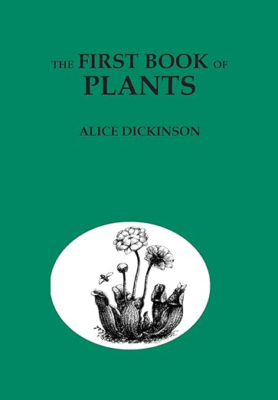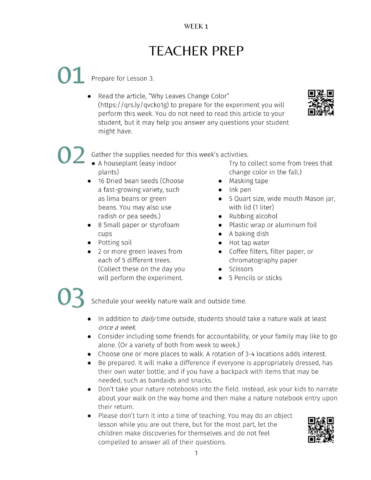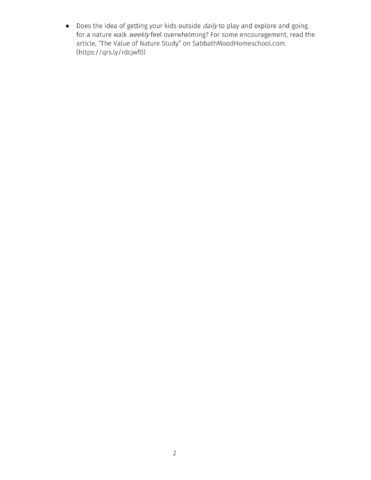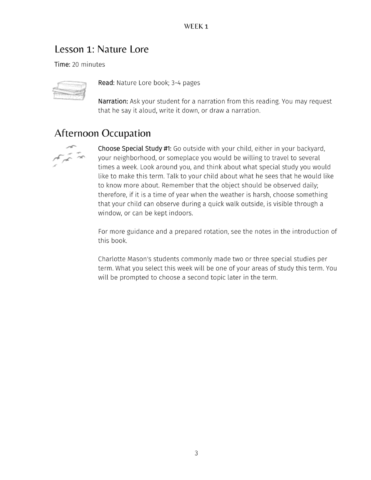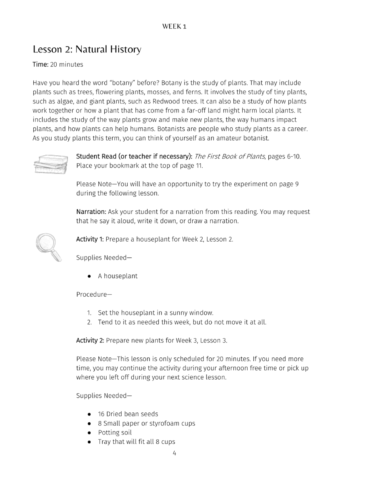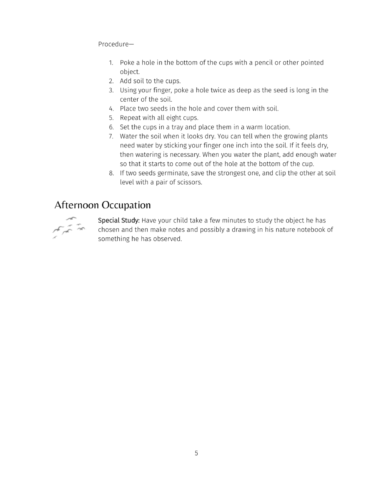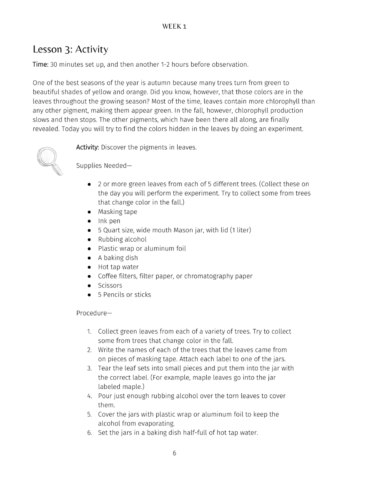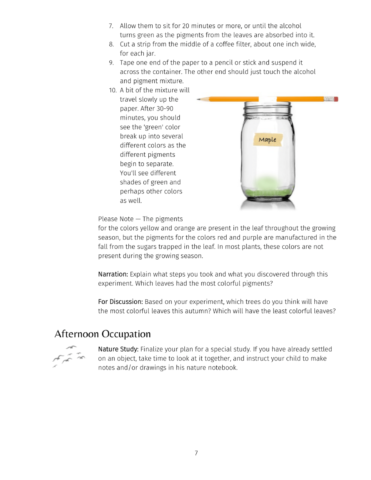In this Form 2 (grade 4-6) study guide, students will be introduced to the study of botany. They will learn about a plant’s life cycle, including its seeds, what a plant needs to survive and grow, how it uses the nourishment it gathers, and how pollen and seeds travel. They will also study symbiosis, fungi, algae, mosses and ferns.
The study guide includes reading assignments from the spine text, narration prompts, and open discussion questions. Experiments related to the reading are also included. Optional supplemental activities, such as current events, videos, and article suggestions when there is time, are also included. Finally, you will find a link to an exam for each course in the introductory material.
- Pages: 66
- Prerequisites: none
Spine Text
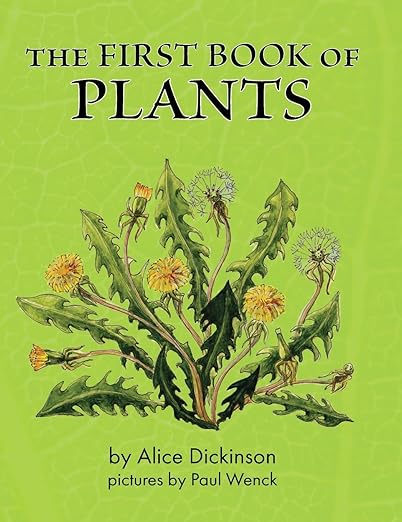
This study guide accompanies the living book The First Book of Plants by Alice Dickinson (Living Book Press 2022, ISBN: 1922950963; or Living Library Press 2017, ISBN: 0692874887), which must be purchased separately.
- 71 pages
- Reading Level: 4-8 grade
- Prerequisites: none
- Reading assignment include page numbers for Living Book Press (LBL) and Living Library Press (LLP).
Alice Dickinson (1905) grew up in Bridgewater, Massachusetts. Her father was owner and editor of The Independence, where she and her sister would help hand-set type before the printing of the newspaper each week. When still a young girl, the state decided everyone should have their IQ tested. Alice had to take the test twice since she tested so high the first time there was thought to be some mistake. But she scored even higher the second time.
Ms. Dickinson grew up to become a teacher, a librarian, and an editor and author of children’s books. She wrote about history and natural history as well as biographies of Charles Darwin and Carl Linnaeus. —Michele Jahncke (source)
Other Necessary Items to Complement This Course
- Review the Supply List for this course.
- Handbook of Nature Study by Anna Botsford Comstock
- Note that seed packets may be hard to find in the fall and winter, so be prepared by purchasing your seeds early.
Schedule:
This study guide includes 33 morning lessons, three per week, each requiring approximately 20-30 minutes. Each week will include the following science lessons:
- Weekly Lesson 1: Nature Lore
- Weekly Lesson 2: Natural History Science Reading and sometimes an activity
- Weekly Lesson 3: Special Studies Reading or Natural History Activity
Other necessary science and nature study should be done during afternoons or evenings, and may include the following:
- Daily work outside exploring and investigating, making notes or drawings of their observations. Due to the subject matter of this study guide, some of this daily work will need to be done after sunset.
- Additional reading on this science topic and nature topics according to individual desire and interest.
The wealth of CM science and nature information SMH provides has been a gift to this mom who came to CM later in her children’s education. The science guides, which we have used for forms 2-6, have made something that felt overwhelming be both manageable and enjoyable.
—Amy G.
Sample Lessons:
A digital version can be purchased below, but the paperback copies of this study guide must be purchased on Amazon.
Neither the study guide nor the accompanying spine text includes religious content. Therefore, a separate secular version is not available.
SMH offers discounted prices for Co-Op and Schools. If you are purchasing for Co-Ops, please refer to this page. For School License, please refer to this page.
Reviews
We enjoyed this study so much! The radish seed experiment was our favorite. It was fun to watch the roots growing as we observed through the glass. I appreciate that all of the planning is done for me in SMH courses.
I really like the book that was chosen for this study – it was interesting and accessible to my grade 4 student and the experiments laid out were easy for my student to do semi-independently.
I love all of Sabbath Mood science guides. This one was the first one I did with my form 2 student. We loved the spine book and the experiments were on grade level and worked!
We just finished this science curriculum last term. We’ve been growing our own vegetables for my daughter’s whole life, but she’s never cared about seeds or plants… until now. She particularly loved the radish seed project. Our timing was off though, as the mushroom activity didn’t happen until our state became tundra like, and their were no mushrooms. So, I would recommend potentially doing this as a term 3 project if you live in a more northerly clime – that way perhaps by the time mushrooms come around, you’ll have them growing… or at least, they will start growing when the memories of botany are still fresh.
We thoroughly enjoyed this study! I officially did it with my 10yo, but my 8yo and my 5yo twins were so interested that they listened in and participated in all the projects. Once again the main text was well chosen and the study guide was so well laid out that this busy mama actually got all the activities prepared and executed. Thank you for a great product!
You must log in to submit a review.


